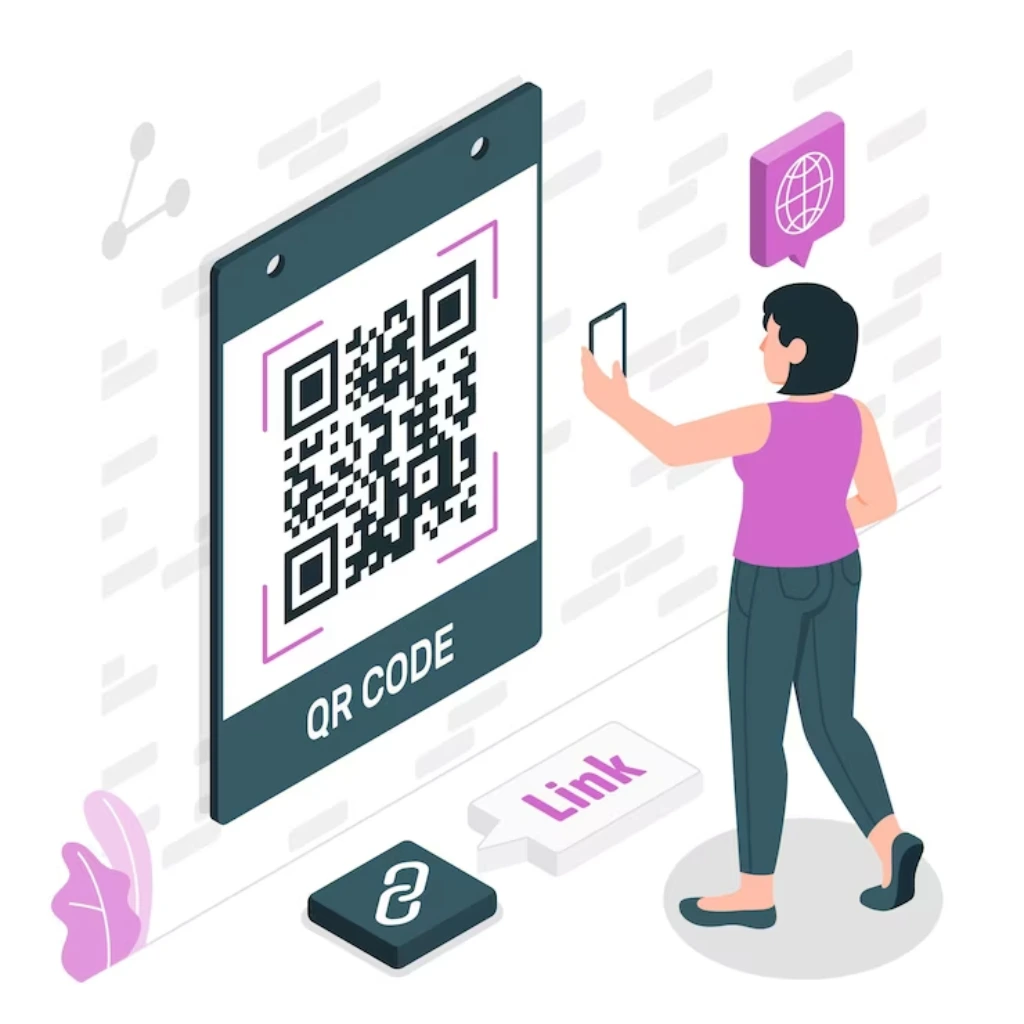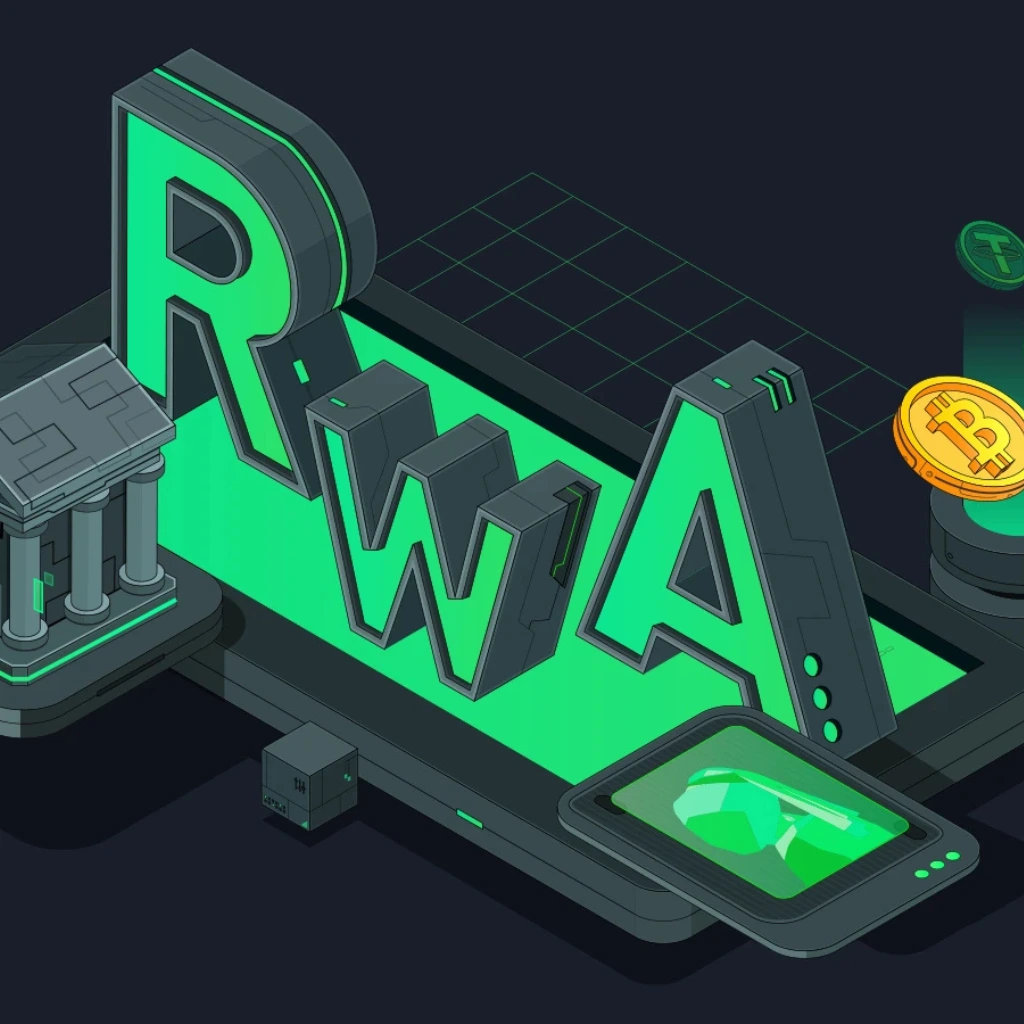Can You Really Spend Without a Bank? (Spoiler: Yes, You Can)
Let’s start with the obvious question: Do you really need a bank account to spend money anymore? It might sound like a financial rebellion, but bankless payments are not only real—they’re growing. More people are managing daily purchases, transfers, and even savings without ever touching a traditional bank. And frankly, in 2025, it’s starting to feel… kind of normal.
What Exactly Are Bankless Payments?

“Bankless payments” refers to any transaction method that doesn’t involve a standard bank account—no debit cards, no checking balances, no standing in line at a branch. It includes everything from digital wallets like PayPal or Venmo, to crypto payments, prepaid cards, mobile money apps, and even QR code-based cashless systems in some parts of the world.
Think of it like this: if you can send money to a friend, buy coffee, or pay for groceries without logging into your bank’s app, that’s a bankless payment.
Sounds convenient, right? That’s because for many people—especially the underbanked, the unbanked, or just the annoyed—it really is.
Why People Are Going Bankless
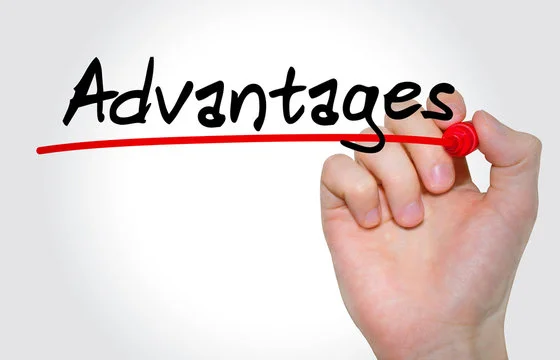
Let’s be honest, banks don’t always make life easy. Between surprise fees, outdated systems, and ID requirements that not everyone can meet, the traditional banking model doesn’t work for everyone.
Here’s why bankless payments are catching on:
- Lower barriers: No credit check? No problem. Many bankless tools only need an email or phone number to get started.
- Global access: Migrant workers sending money home, remote freelancers getting paid in crypto—it’s all happening without a bank in sight.
- Faster transactions: Some crypto wallets process transfers in seconds. No three-day hold, no “business days only” nonsense.
- Privacy & control: Not everyone wants a bank tracking every cent. Bankless systems offer a bit more breathing room.
And perhaps the biggest reason? Choice. People like options. And in the bankless world, there are plenty.
Bankless Payments Aren’t Just for Tech Geeks Anymore
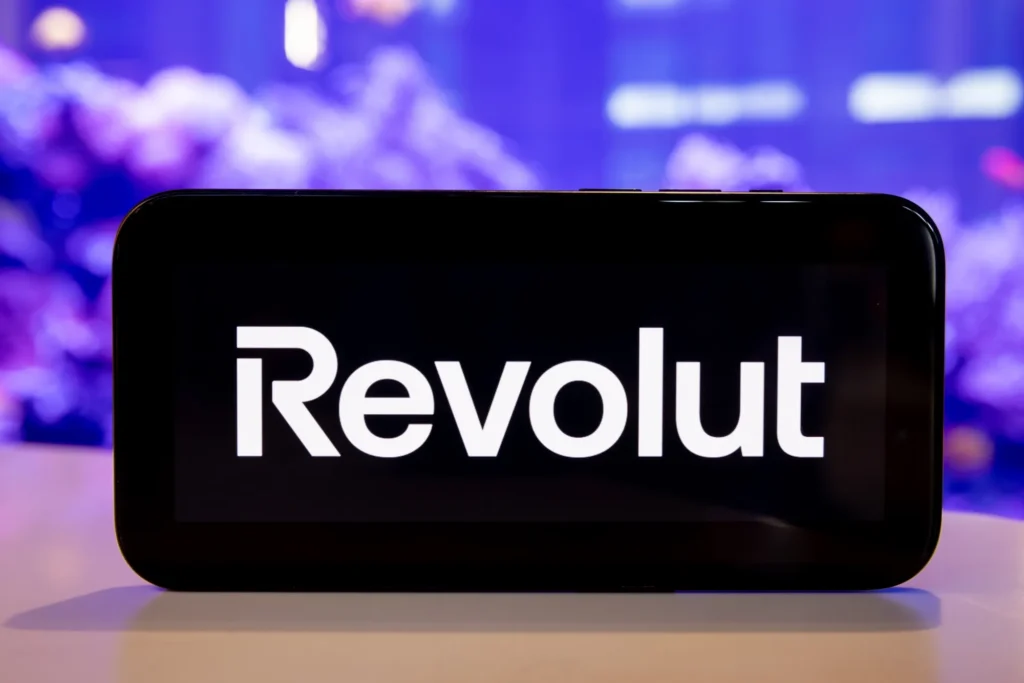
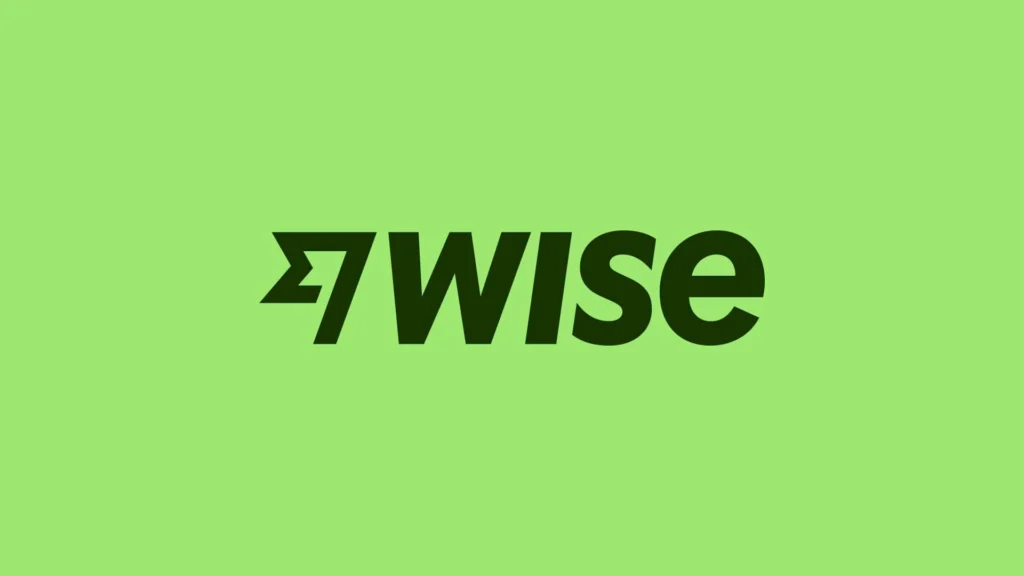
There was a time when talking about bankless payments meant niche forums, whitepapers, and crypto wallets with 27-step setups. Not anymore.
Today, you’ve got user-friendly apps like Cash App, Revolut, Wise, and even ride-share wallets that double as spending accounts. Prepaid debit cards—especially those reloadable at grocery stores—offer another easy alternative.
Even food delivery apps sometimes hold balances that can be transferred, used, or gifted—all outside the traditional banking system.
For better or worse (we’ll get to that), this is not a fringe movement. It’s becoming baked into everyday life.
The Trade-Offs of Going Bankless
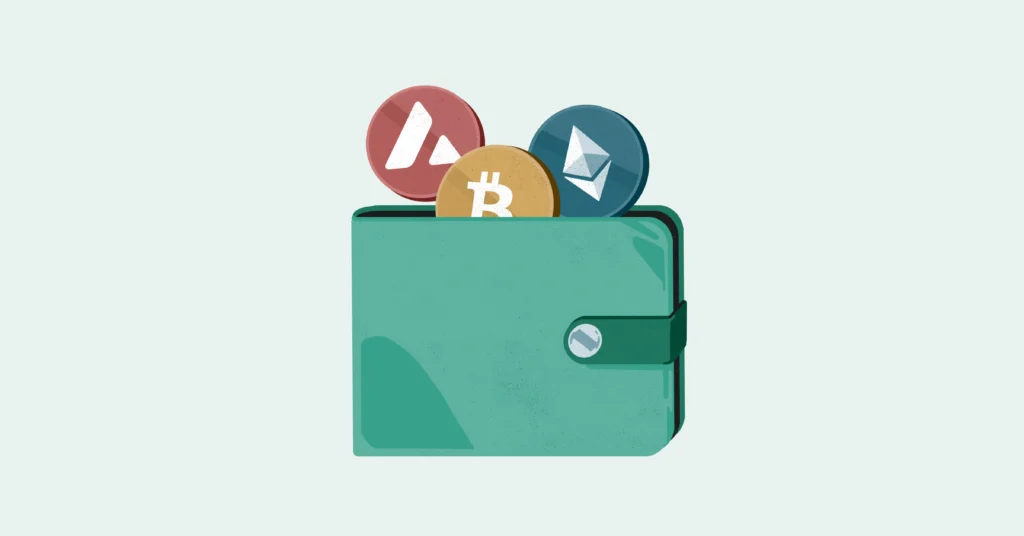
Okay, so—it’s not all sunshine and freedom. There are downsides to skipping the bank.
Security risks come up, especially with apps that don’t offer the same legal protections as regulated banks. And let’s not forget: crypto wallets are non-recoverable if you lose access. Forget your keys, and it’s gone. Poof.
Also, not every employer or landlord is on board with bankless systems. Some still require direct deposit or paper checks, which—yes—mean having a bank account, or at least a workaround.
And let’s be real: some of these apps nickel-and-dime users with hidden fees, conversion rates, or hold times. Transparency is better than it was, but it’s still not perfect.
So, is going bankless for everyone? Maybe not. But for a growing number of people, it’s worth it.
How to Try Bankless Payments (Without Going All-In)

Curious but cautious? Smart move.
You don’t need to delete your bank account tomorrow. Instead, try this:
- Download a mobile wallet (like Venmo, Cash App, or Wise) and start with small amounts.
- Test prepaid cards for routine expenses like groceries or transport.
- Experiment with crypto—maybe buy coffee with Bitcoin or use USDT for a small online purchase.
- Ask friends what they use. You might be surprised how many are halfway bankless already.
Treat it like digital training wheels—get comfortable before taking off.
Final Thoughts: The Future of Bankless Payments
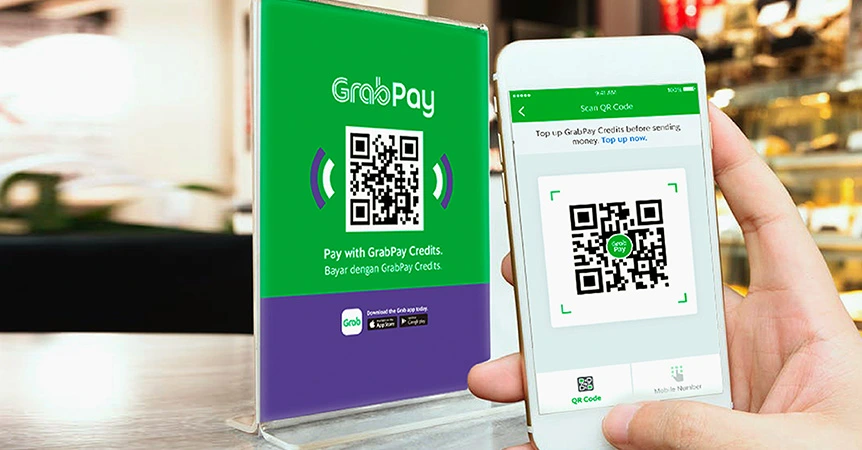
We’re not quite in a fully bankless world yet—but the momentum is hard to ignore. With tech advancing, regulations adapting (slowly), and public trust shifting, bankless payments could soon be as common as tap-to-pay cards are today.
Will banks disappear? Probably not. But they’ll have to share the stage with new players—and for once, regular people might have more say in how their money moves.
In the end, bankless payments aren’t just a financial trend; they’re a reflection of something bigger—flexibility, autonomy, and the idea that access to money shouldn’t come with so many strings attached.
Relevent news: Here


